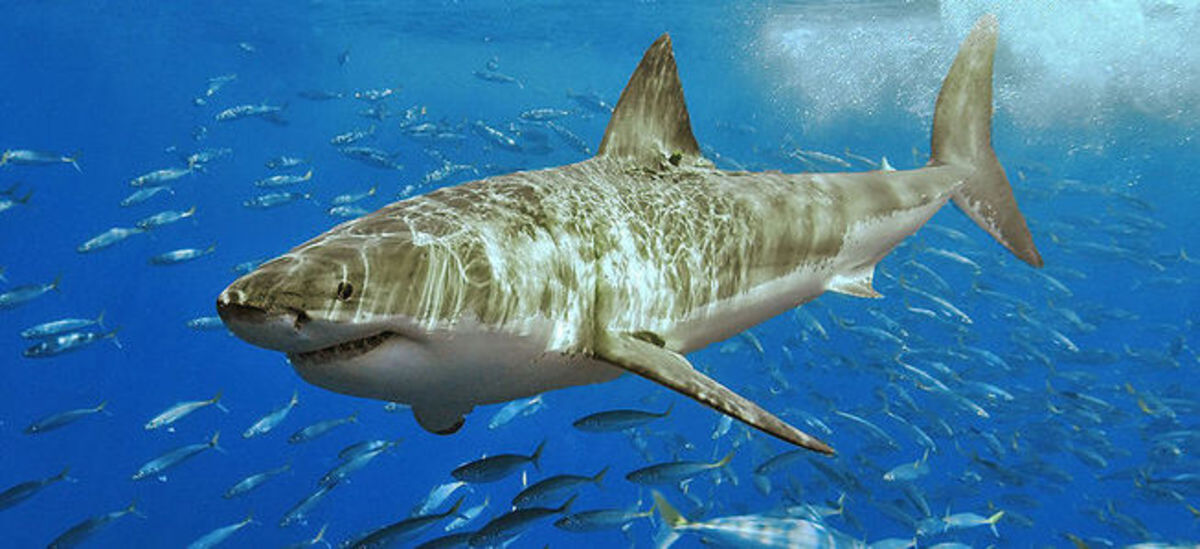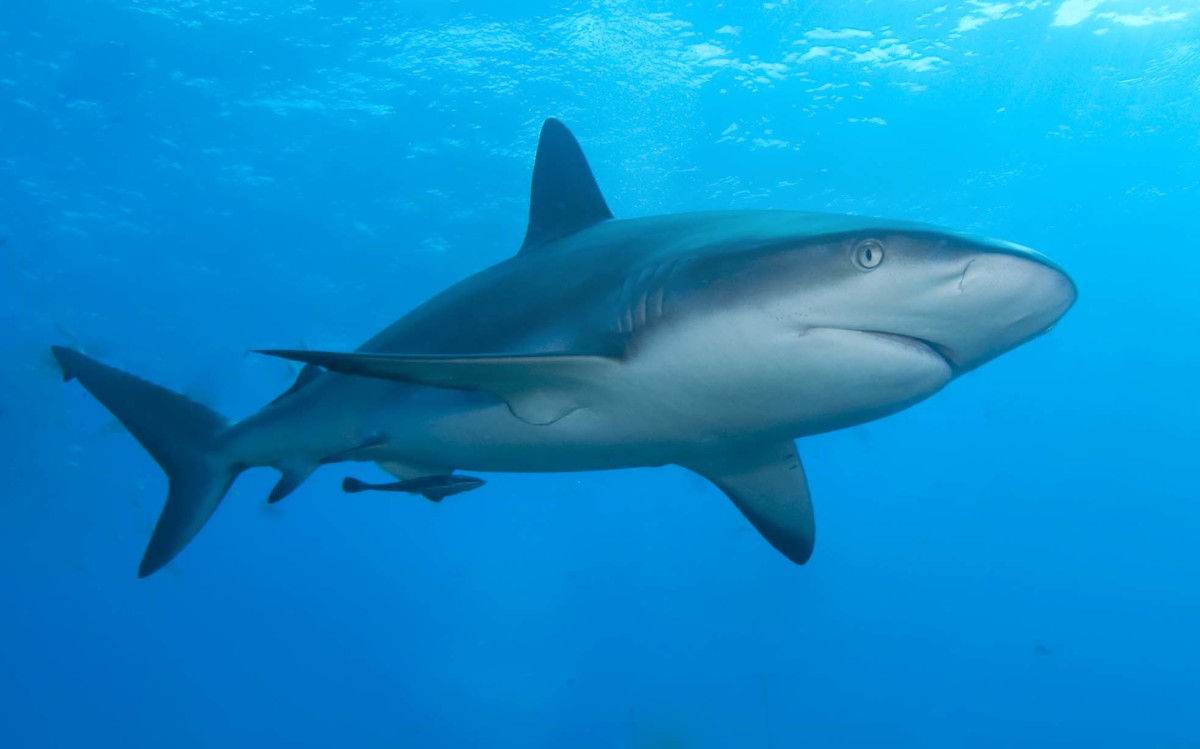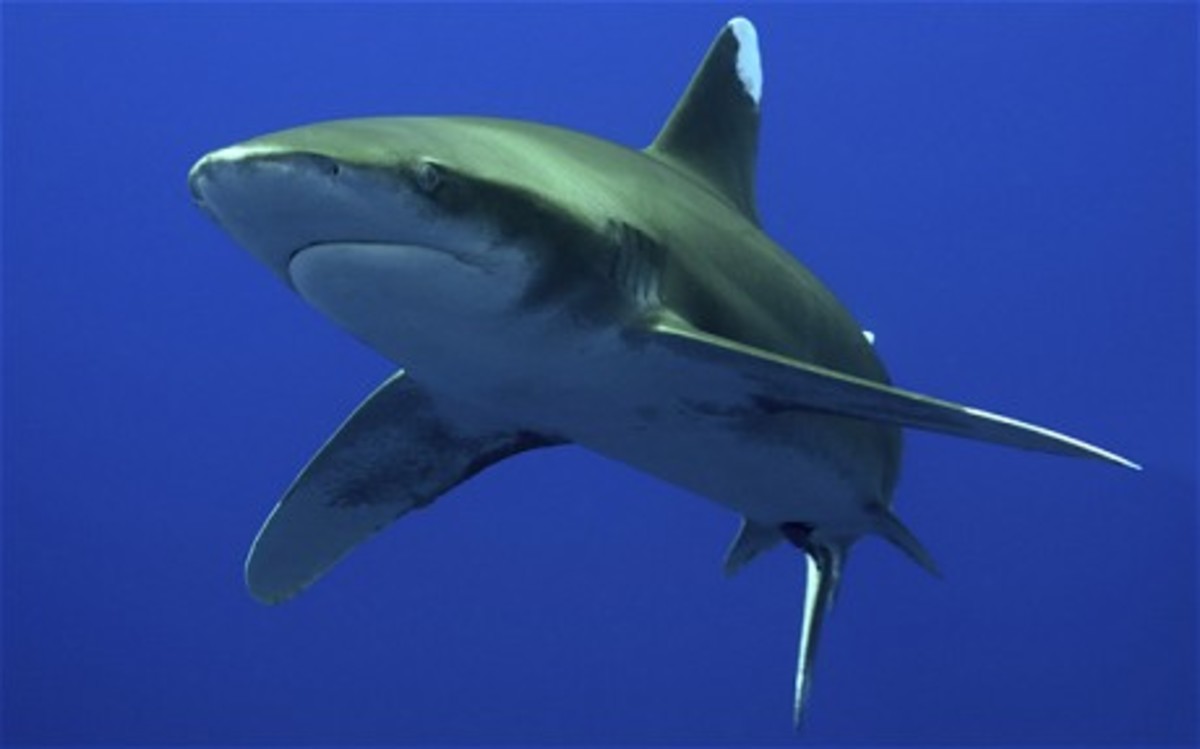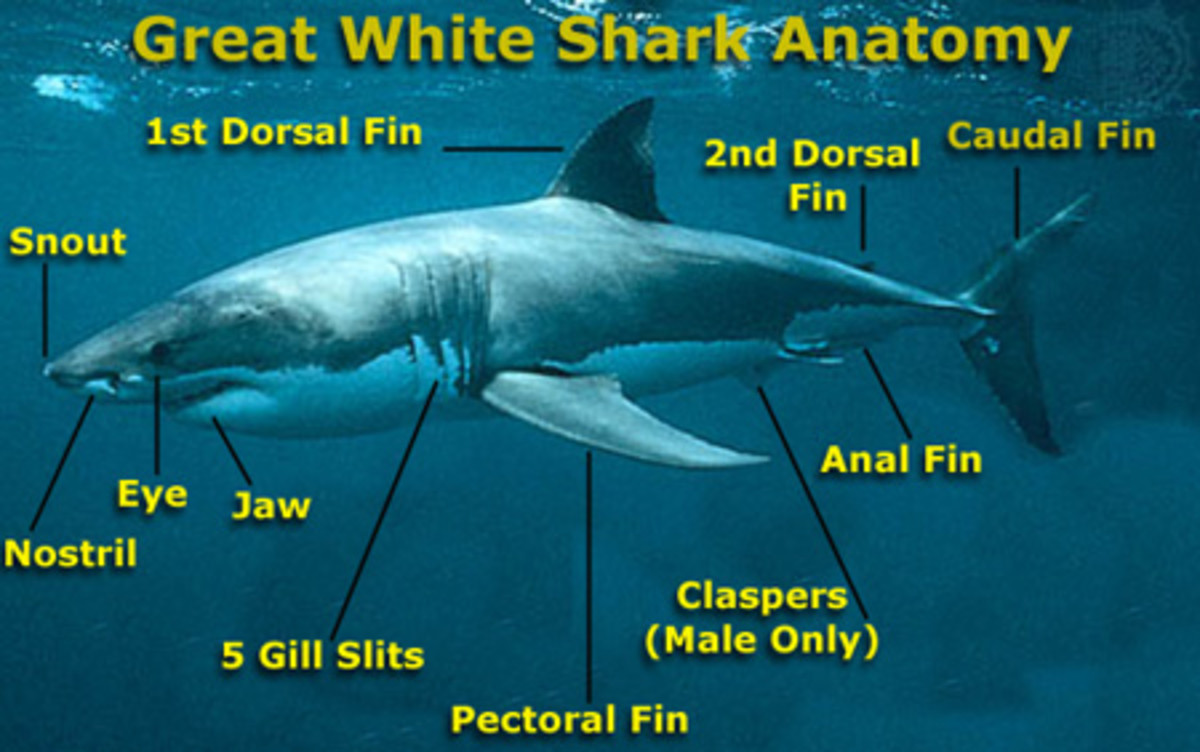- HubPages»
- Education and Science»
- Life Sciences»
- Marine Biology»
- Marine Life
Dwarf Lanternsharks - the Smallest Sharks in the World
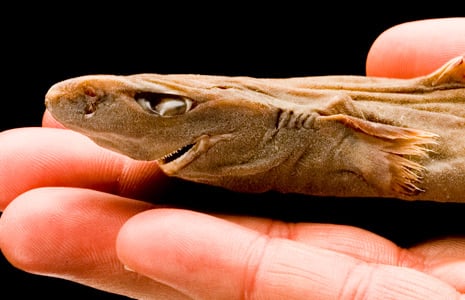

By by incredible twist of fate, the smallest sharks in the world, Dwarf Lanternsharks, are harmless krill eaters, just like whale sharks, the biggest sharks in the world.
A major difference is that while the huge whale shark grows to a massive 40 feet, the dwarf lanternshark barely reaches 6" in length, and weighs only 0.5 of an ounce.
They can grow up to just over 8", but are typically smaller. Like in most shark species, the females are larger than the males.
Only discovered in 1964, the dwarf lanternshark was named Etmopterus perryi in honour of noted shark expert of the time, biologist Perry W Gilbert.
Their heads take up almost a third of their bodies, and their eyes are huge in proportion to the rest of their bodies.
Their mouths are filled with 55 to 68 tiny teeth, perfectly designed for cutting and slicing. Their main diet, krill, are tiny crustaceans less than half an inch long.
Deep water sharks, they were first discovered by Ichthyologists Stewart Springer and George H. Burgess while they were trawling for the US Fish and Wildlife Service in The Caribbean Sea off Columbia.
Dwarf lanternsharks have to date only been found in a very small area of the Caribbean Sea off South America.
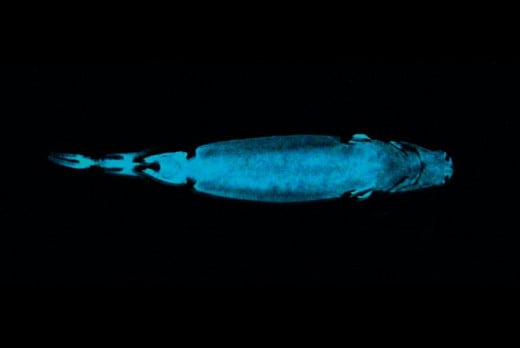
A member of the dogfish family, they have been found at depths varying between 1000 - 1,500 feet deep, which is in the range of the lowest limits where sunlight reaches.
At 2000 feet deep, all is total darkness as sunlight does not penetrate.
Dwarf lanternsharks have bio-luminescent properties, like 90% of all deep sea creatures.
They have an impressive array of photophores, mainly on their undersides.
Many deepwater fish glow in the dark - some to attract prey and some to repel predators.
Not much is known about the rare dwarf lanternsharks, but it is believed their bioluminescence is there to protect them from deeper water predators.
While you might think the light would make them stand out, in effect it does the opposite because any sunlight filtering through the deep waters is above them. A predator looking up from below is less likely to see them.
Dwarf lanternshark reproduction
Dwarf lanternsharks reproduce by aplacental viviparity, generally giving birth to only 2 - 3 pups at a time.
While this a very low rate of reproduction for a fish, nothing is actually known about the scarcity or otherwise of dwarf lanternsharks.
While they are occasional dredged up as a by-catch by commercial deep sea fisheries, they are discarded as their size makes them of no commercial value.
They live at such great depths, they are hardly seen by man unless they are accidentally fished out of the waters.

